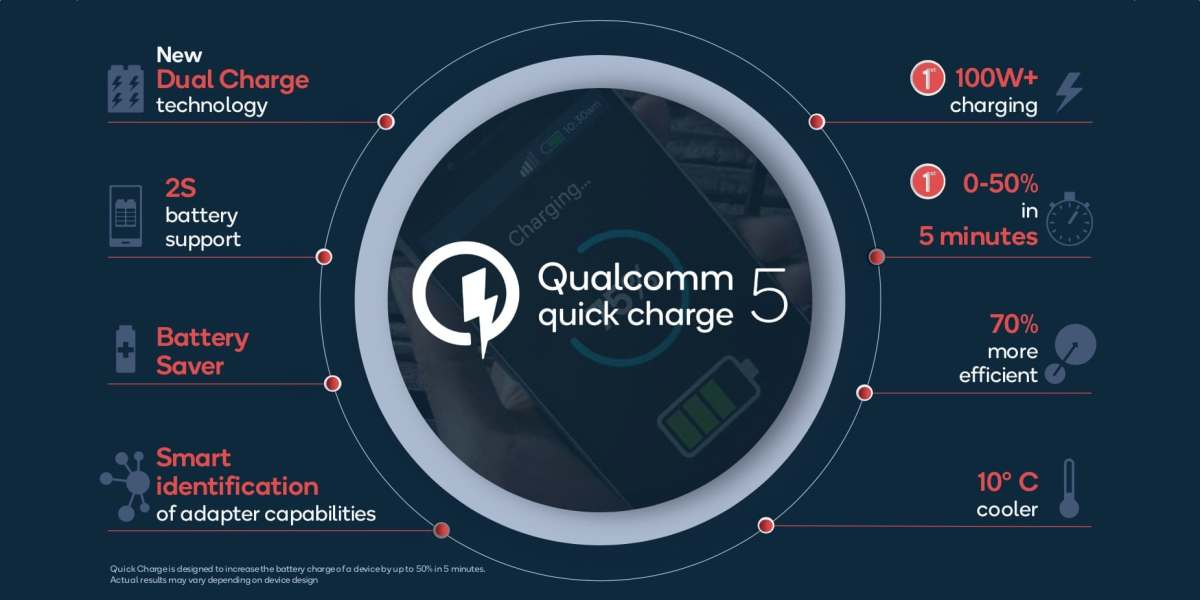Quick Charge (QC) is a proprietary battery charging protocol developed by Qualcomm, used for managing power delivered over USB, mainly by communicating to the power supply and negotiating a voltage.
Quick Charge is supported by devices such as mobile phones which run on Qualcomm SoCs, and by some chargers; both device and charger must support QC, otherwise, QC charging is not attained. It charges batteries in devices faster than standard USB allows by increasing the output voltage supplied by the USB charger while adopting techniques to prevent the battery damage caused by uncontrolled fast charging and regulating the incoming voltage internally.
Quick Charge is a proprietary technology that allows for the charging of battery-powered devices, primarily mobile phones, at power levels exceeding the 5 volts at 2 amps, thus 10 watts allowed by basic USB standards —not considering the USB Power Delivery (USB PD) standard—while still maintaining compatibility to existing USB wires.
The elevated voltages allow for pushing higher amounts of power (wattage) through the cable’s copper wires without further heating them up and risking heat damage since the heat in the wire is solely caused by the electrical current.
Another benefit of the elevated voltage, as described in Ohm’s law § Other versions, is its improved ability to pass through longer USB cables due to its compensation of voltage drops from wires with higher resistances.
Most chargers supporting Quick Charge 2.0, QC 3.0, and later are wall adaptors, but it is implemented on some in-car chargers, and some power banks use it to both receive and deliver charges.
Quick Charge is also used by other manufacturers’ proprietary rapid-charging systems.
Numerous other companies have their own competing technologies, including MediaTek Pump Express and OPPO VOOC (licensed to OnePlus as Dash Charge), the latter of which elevates the current rather than the power supply voltage to reduce heat from internal voltage regulation, but relying on thicker USB wires to handle the current without overheating, as described in VOOC § Technology.






You must be logged in to post a comment.